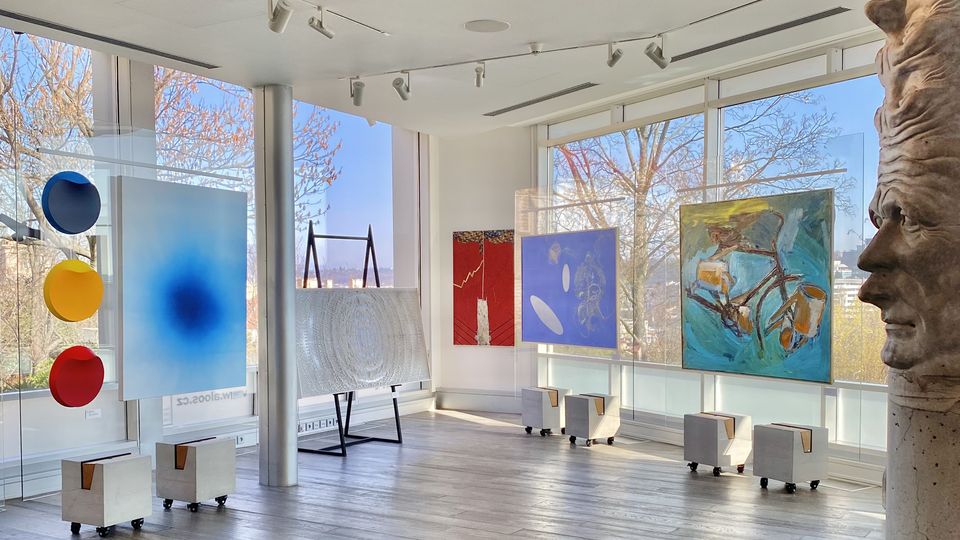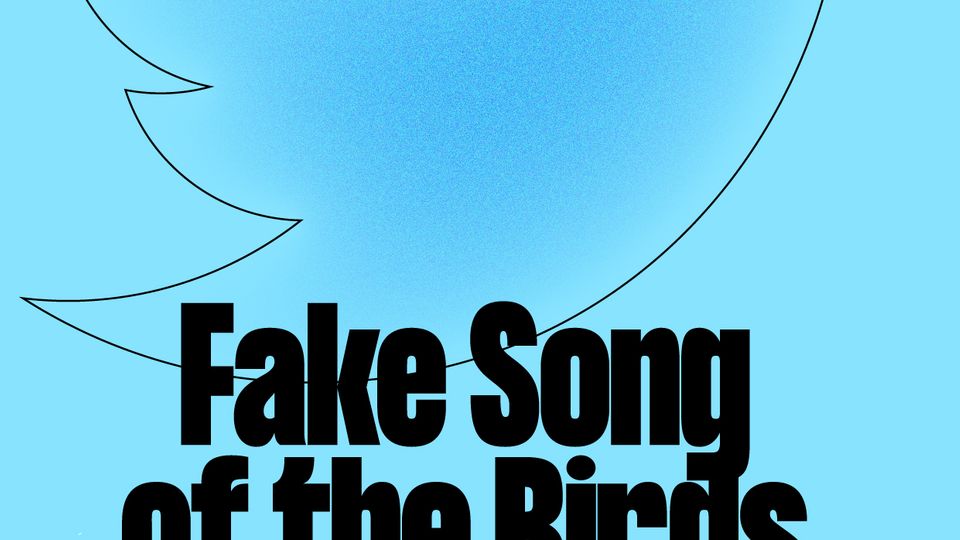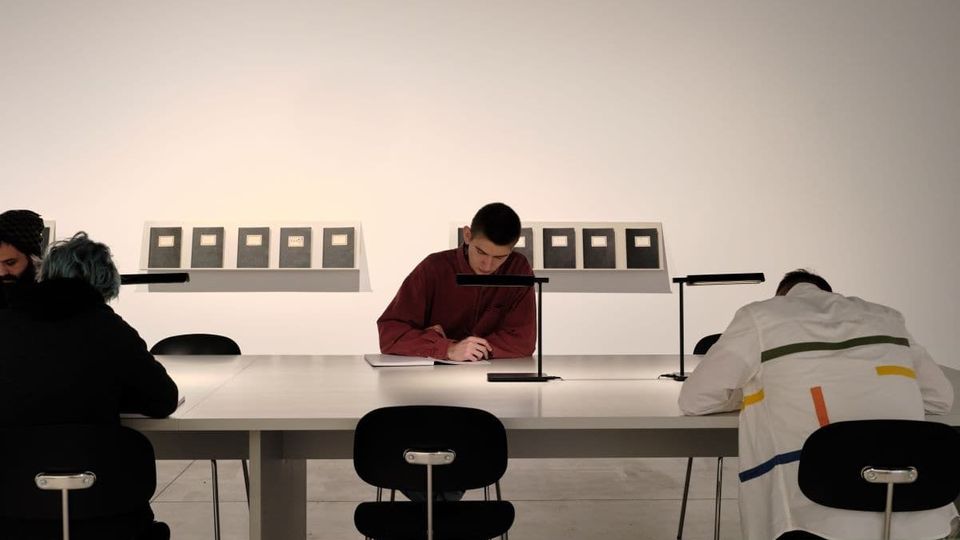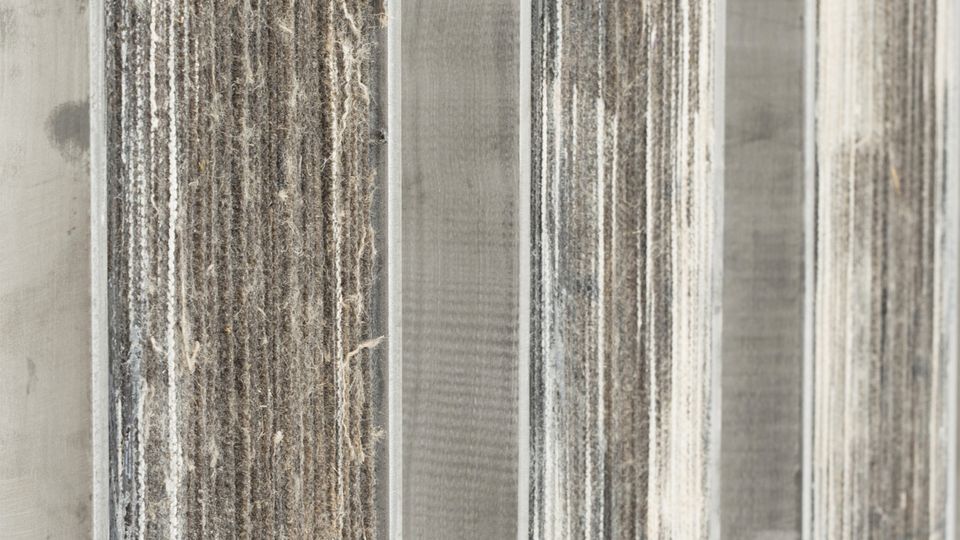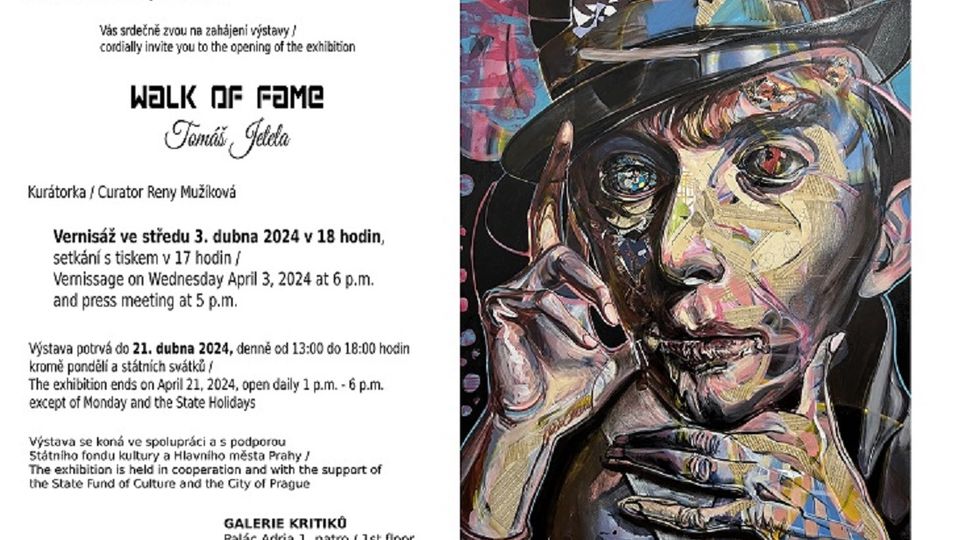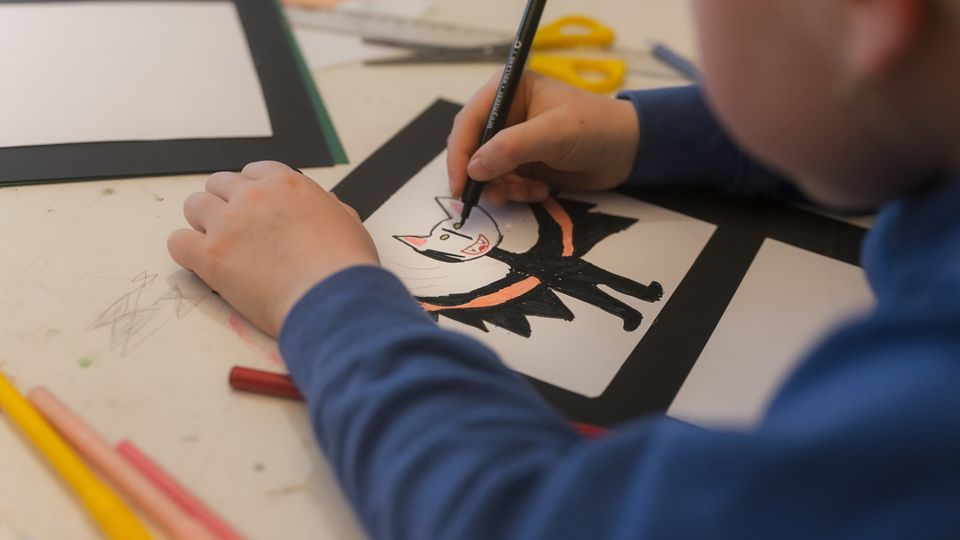Romanian Ethnophotography 1856–1940
9. 11. 2022
Přednášky a diskuze
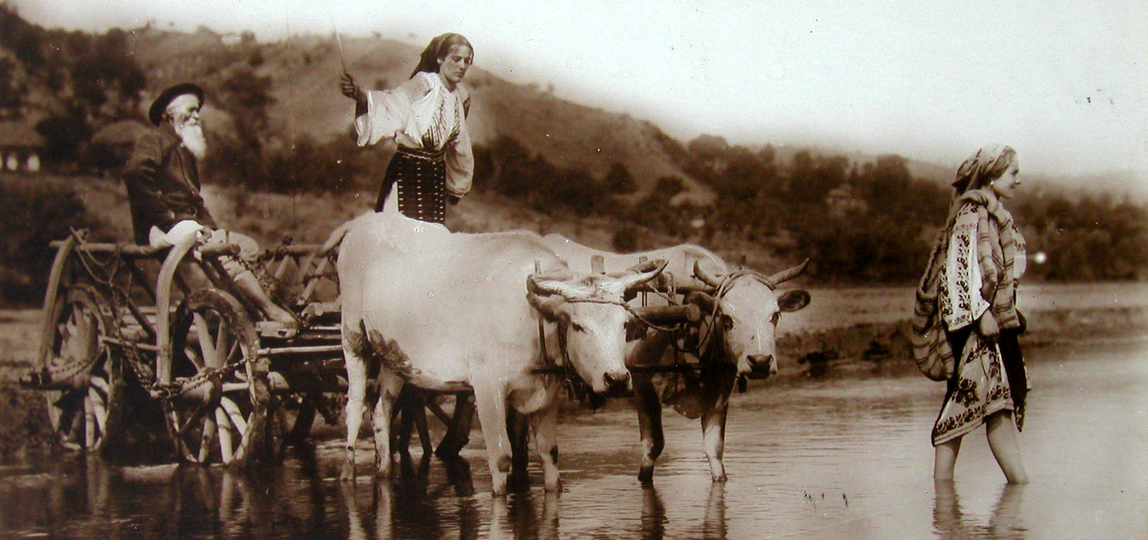
Srdečně zveme na další přednášku z cyklu Collegium historiae artium, kterou přednese Adrian-Silvan Ionescu (G. Oprescu Institute of Art History, Bucharest) na téma Romanian Ethnophotography 1856–1940.
The Romanian Principalities, Wallachia and Moldavia, than the Kingdom of Romania, had a rich peasant tradition which attracted both foreign and local photographers to focus their cameras on such rewarding topics. In 1856, the last year of the Crimean War, an Austrian military druggist, Ludwig Angerer (1827–1879), took pictures with folk types he met on the streets of the capital. Carol Popp de Szathmari (1812–1887), a Transylvanian artist, was also fond of the colorful people he encountered during his trips. There were still other photographers who, in 1860s and 1870s, took likenesses of peasants or peddlers, who joined the yearly fairs of the country. At the turn of the century, a wealthy landlord Alexandru Bellu (1850–1921) became a celebrity due to his pictures of peasants and gypsies. In the first half of 20th century, Adolphe Chevallier (1881–1963) from Piatra Neamţ in Northeastern Moldavia, took outdoor pictures showing peasants and lumbermen, villages and traditional folk life. In the 1940s, two photographers, Iosif Berman (1890–1941) and Nicolae Ionescu (1903–1974), combined art and documentary photography. Both were employed as photographers for the sociological teams organized by Prof. Dimitrie Gusti, head of Bucharest Sociological School. Despite the ups and downs caused by wars, depression and political uneasiness, Romanian photography preserved, more than a century, its passion for the rich and rewarding folk-life topics.
místo konání: zasedací místnost (sál 117) Ústavu dějin umění AV ČR, Husova 4, Praha 1

